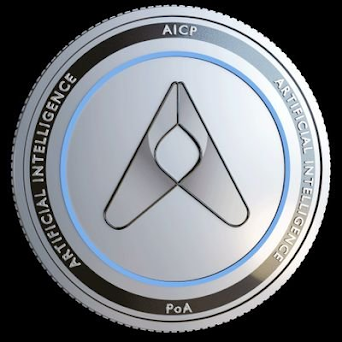LENDROID Decentralized Margin Trading

Lendroid is a trustless,open, peer to peer digital asset lending platform based on the Ethereum blockchain.The Lendroid marketplace enables borrowers to avail instant low-cost digital asset loans and lenders to earn interest on the digital assets they lend. Additionally, Lendroid support token (LST) holders act as guarantors of these loans by locking up their LSTs as secondary collateral.The Lendroid platform is extensible by design and allows the creation of loan markets on any ERC20 token.Lendroid was founded in Canada, and is currently based in Singapore.
Lendroid is a 0x-inspired, non-rent seeking, trust-independent, open protocol enabling decentralized lending, margin trading and short selling on the Ethereum blockchain.It aims to solve the shortcomings of centralized exchanges by creating a global shared lending pool, and a symbiotic off-chain infrastructure supported by incentivized participants Relayers and Wranglers.Simply put, Lenders contribute their offers to the lending pool through relayers, who then match the offers with appropriate traders.The traders can use the borrowed funds to margin trade, make a profit, and repay the lenders.Visit to Official website https://lendroid.com/

How does Lendroid enable lending and margin trading?
Lending - A borrower pledges digital assets into an escrow account, with specific terms for the loan set in a smart contract. If the lender’s and borrower’s terms match, the smart contract is executed, locking in the collateral and releasing the funds to the borrower funds. If the loan obligations are satisfied by the borrower, his collateral is unlocked automatically. If the borrower defaults or the collateral drops below the agreed loan to value, the collateral is liquidated.
Margin trading - A margin trader starts by depositing collateral. The trader is allowed to borrow up to a certain leverage to the point where the margin level is greater that the initial level (set through community governance). The borrowed funds come from the shared lending pool to which the lenders can submit offers. With the borrowed funds, the trader interacts with order-books to calibrate positions to reflect expectations from future price movements. Once the traders feel it’s time to unwind their position, the trader once again interacts with the order book.
If the trader made a profit, he can repay the lenders and withdraw the profit along with his collateral.If a loss is incurred, the trader is expected to deposit the difference to compensate for the losses, repay the loans in full and only then withdraw collateral. If the account reaches liquidation levels, the wranglers step in and take over the account/positions.
The Lendroid Support Token (LST),the ERC20-compatible native token of the protocol,has been envisioned for a three-fold objective to lubricate processes and drive utility on the protocol;to incentivize participation; and to empower governance.We also intent to offer a discount of up to 10% for pre-sale contributors,the discount is dependent on the amount contributed.
Token Allocation
There are a Total Suply : 6,000,000,000 LSTs
Public sale : 2,400,000,000 LSTs
Accepted currency : ETH.
Lendroid Support Token
Fuels transactions in the Lendroid ecosystem
• LST is the native token of the Lendroid protocol.
• It is non-rent seeking, meaning it does not collect any fee for itself.
• Protocol users (Lenders, Margin Traders) pay keepers/enablers (Relayers, Wranglers) in LST.
• The fee amounts are negotiated offline.
• Fee amounts are negotiated offline.

How does a Lender participate?
Analogous to the Maker from the 0x protocol, the lender broadcasts the loan-offer to all decentralized exchanges (off-chain action). The lender deposits the funds into the Funding Account of the Lendroid Smart Contract System. To lubricate the inherent processes, the lender deposits some LST (Lendroid Support Token) meant for the Relayer at the end of the loan period. Some he deposits for the Wrangler in the event that it was he who identified the Margin Account at liquidation level and helped close the loan. The LSTs required for these processes are locked in at the time of initiation. If there is not enough LST for these processes, the loan is not initialized.
- The Relayer is the first point of contact for both lender and trader on the Lendroid protocol. Off chain, this entity effectively takes up the liquidity related functions of an exchange, in a wholly decentralized manner.
- The Wrangler is an entity conceptualized for the Lendroid ecosystem. One of two incentivized actors within the protocol, the Wrangler is intended to perform a computationally intensive role, that of monitoring the Margin Accounts.

Whitepaper Twitter Telegram Blog GitHub AnnThread BTT
My Account BTT : https://bitcointalk.org/index.php?action=profile;u=395093
My Account BTT : https://bitcointalk.org/index.php?action=profile;u=395093


Comments
Post a Comment